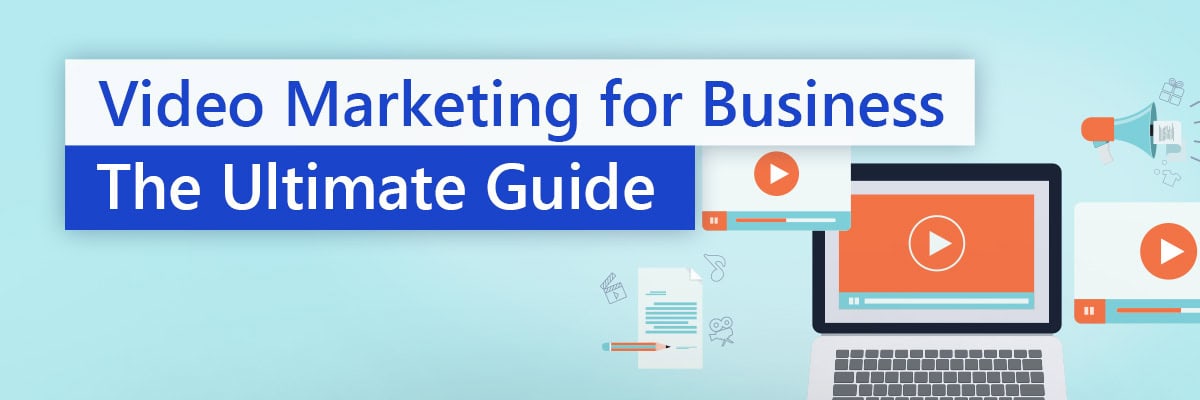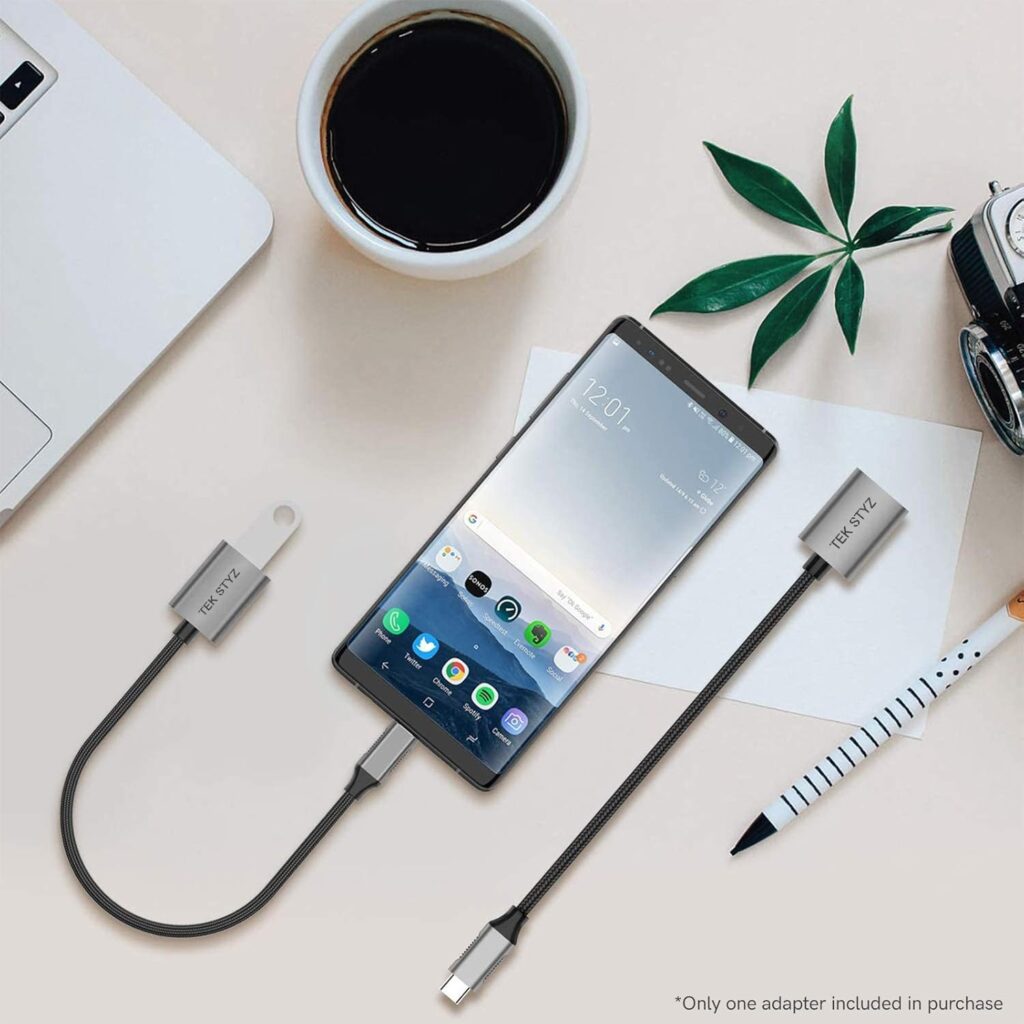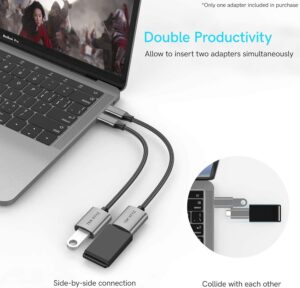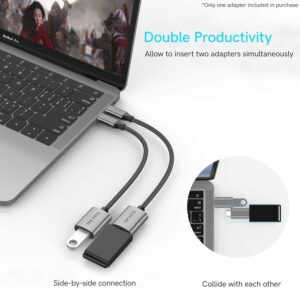The Ultimate Guide to Video Marketing for Your Business
In today’s digital age, video marketing has emerged as one of the most powerful tools for engaging audiences, building brand awareness, and driving sales. This guide dives deep into the essentials of video marketing, helping businesses leverage video content to create lasting connections with their customers.
Why Video Marketing Matters
Video marketing has rapidly gained popularity because it’s engaging, visually stimulating, and easily digestible. Studies show that consumers are more likely to remember and act on video content than text-based information. In fact, 86% of businesses now use video as a marketing tool because it boosts engagement, enhances customer understanding, and increases conversion rates.
Types of Video Marketing Content
To make the most out of video marketing, it’s crucial to create content that aligns with your audience’s interests and your business goals. Here are some popular types of video content you can incorporate into your marketing strategy:
1. Explainer Videos
These videos break down complex topics, making it easier for your audience to understand your product or service. Explainer videos are perfect for introducing new products or explaining how your service works.
2. Product Demos
Showcase how your product works in real life with a detailed demonstration. Product demo videos can build customer trust and help them visualize how your offering solves their pain points.
3. Customer Testimonials
Let your happy customers do the talking. Testimonials are an excellent way to build credibility and showcase real-world success stories, motivating potential customers to take the next step.
4. Behind-the-Scenes Videos
Humanize your brand by giving your audience a peek behind the curtain. Behind-the-scenes videos build transparency and establish a deeper connection with your audience.
5. Live Streams
Live streaming provides a real-time connection with your audience, allowing you to answer questions, engage in conversation, and build community. It’s an excellent way to boost social media engagement and provide value.
Best Practices for Video Marketing Success
Creating engaging video content is only part of the equation. To ensure success, follow these best practices:
a. Optimize for Mobile
With the majority of video consumption happening on mobile devices, it’s essential to optimize your videos for mobile viewing. Ensure your videos load quickly, are in the correct aspect ratio, and include subtitles to cater to users who watch without sound.
b. Keep it Short and Sweet
Attention spans are shorter than ever. Aim to create videos that are concise, engaging, and straight to the point. Most viewers drop off after 2 minutes, so make sure your message hits home early.
c. Include a Clear Call to Action (CTA)
Each video should have a purpose, whether it’s driving traffic to your website, encouraging social media follows, or prompting a purchase. Always include a clear CTA at the end of your video to guide viewers on what to do next.
d. Use SEO to Your Advantage
Don’t forget to optimize your videos for search engines. By incorporating relevant keywords in your video titles, descriptions, and tags, you can increase your video’s visibility on platforms like YouTube and Google.
e. Measure Your Performance
Track your video’s performance to see what resonates with your audience. Use analytics to determine which videos perform best and continuously refine your video marketing strategy.
Tools for Video Marketing
Having the right tools can make or break your video marketing efforts. Here are some of the best platforms and tools for creating, editing, and promoting video content:
1. Wistia
Wistia is a video hosting platform designed for businesses. It allows you to create, host, and share videos while providing in-depth analytics that help you measure your video’s performance.
2. Vimeo
Known for its high-quality video streaming capabilities, Vimeo offers a platform to upload, share, and manage video content with additional tools for collaboration and privacy.
3. Vidyard
Vidyard is a powerful video marketing platform that integrates with CRM systems to help track and analyze how video content impacts your sales pipeline. It’s perfect for businesses looking to use video content to drive revenue.
4. Animoto
For businesses with limited resources, Animoto allows you to create professional-looking videos quickly using pre-built templates. It’s a fantastic option for businesses just starting with video marketing.
5. Loom
Loom is ideal for creating quick videos for communication and tutorials. It allows you to capture both your screen and webcam, making it a valuable tool for internal communications, tutorials, or personal messages to customers.
The Future of Video Marketing
As technology evolves, video marketing will continue to play an increasingly important role in business strategies. Some trends to watch include:
- Interactive Videos: More brands are using interactive elements, like clickable buttons or quizzes, within their videos to create an engaging user experience.
- 360-Degree Videos: Offering a full-circle view of an environment, 360-degree videos create immersive experiences that allow viewers to explore products or locations.
- Shoppable Videos: These videos enable viewers to click on items within the video to make purchases directly, streamlining the shopping experience.
- AI-Powered Video Creation: AI is making video creation faster and more accessible. Tools are emerging that allow you to automate editing processes and create videos based on user data.
Conclusion
Video marketing is an essential tool for any business looking to increase engagement, improve brand awareness, and drive conversions. By producing relevant, high-quality video content and following best practices, your brand can stand out in a crowded market. Start by experimenting with different types of videos, optimizing for mobile, and tracking performance. With the right tools, video marketing can transform your business.
FAQs
What is video marketing?
Video marketing is the use of videos to promote products, services, or brands to engage with audiences and encourage them to take specific actions, such as making a purchase or signing up for a newsletter.
How long should a video marketing video be?
The ideal length for a marketing video is typically between 30 seconds and 2 minutes. It’s important to keep your video concise while delivering valuable content to keep your audience engaged.
How do I measure the success of a video marketing campaign?
You can measure the success of your video marketing campaign by tracking key metrics such as view count, engagement rate, watch time, click-through rate (CTR), and conversions.
Do I need expensive equipment to start video marketing?
No, you don’t need expensive equipment to start. With a smartphone, basic lighting, and editing software like Animoto or Loom, you can create high-quality video content.
Can small businesses benefit from video marketing?
Absolutely. Small businesses can leverage video marketing to build brand awareness, connect with customers, and generate leads just like larger enterprises.
Top Tools to Simplify and Scale Your Video Marketing
- Wistia – A video hosting platform with powerful analytics tools, ideal for businesses looking to scale video marketing.
- Vimeo – Provides high-quality video hosting with options for collaboration, privacy, and customization.
- Vidyard – Perfect for integrating video into your sales and marketing processes, helping to track ROI from video content.
- Animoto – Easy-to-use platform for creating professional videos quickly and without extensive editing skills.
- Loom – Great for creating quick tutorials, personal messages, or internal communications using video.
Keywords: video marketing, video content, customer engagement, video SEO, product demos, explainer videos, video analytics, shoppable videos, interactive videos, Wistia, Vimeo










